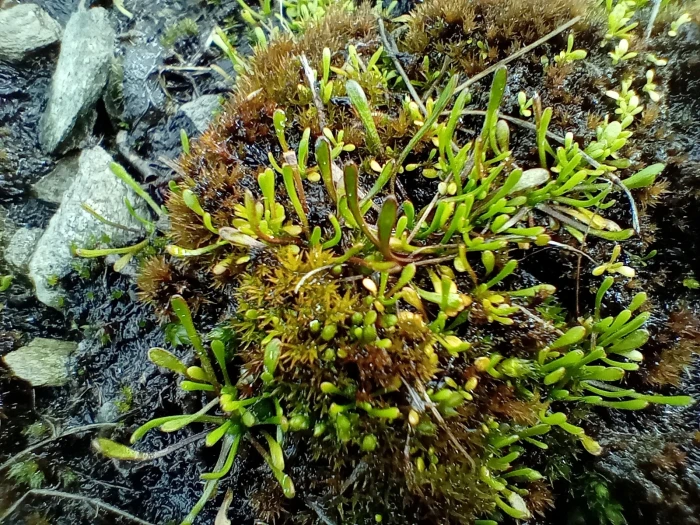Tiny Mousetail
(Myosurus minimus)
Tiny Mousetail (Myosurus minimus)
/
/

John Barkla
CC BY 4.0
Image By:
John Barkla
Recorded By:
Copyright:
CC BY 4.0
Copyright Notice:
Photo by: John Barkla | License Type: CC BY 4.0 | License URL: http://creativecommons.org/licenses/by/4.0/ | Rights Holder: John Barkla | Publisher: iNaturalist | Date Created: 2023-08-20T12:30:19-07:00 |

























Estimated Native Range
Climate Requirements for Galt, California
| This Plant | Your Site | Plant Suitability for Your Location | ||
|---|---|---|---|---|
| • Precipitation | 5" - 111" | 19" | Your precipitation may be insufficient for this plant. Irrigate N" / year. | Irrigate N" / year |
| • High Temp. | 51°F - 102°F | 91°F | Your summer temperatures are normal for this plant. | Excellent |
| • Low Temp. | -15°F - 57°F | 36°F | Your winter temperatures are normal for this plant | Excellent |
This plant should grow well at your location with about N inches per year (Y minutes per month) of irrigation.
Summary
Myosurus minimus, commonly known as tiny mousetail, is an annual herb that is native to temperate regions of the Northern Hemisphere, including Europe, Asia, North Africa, and North America. It is typically found in moist, open habitats such as wet meadows, marshes, and along riverbanks. The plant forms a small rosette of linear, narrow leaves and reaches a modest height of up to 5 inches (13 centimeters). The most distinctive feature of Myosurus minimus is its inflorescence, which consists of a single flower with an elongated receptacle resembling a mouse’s tail, hence the common name. The flower has curving sepals, five small yellow-green petals, and ten stamens, and it blooms in the spring.
Tiny mousetail is valued for its unique flower structure, which can add interest to moist garden areas or naturalized settings. It is not commonly cultivated but may be of interest to enthusiasts of native and wild plants. In cultivation, it requires consistently moist soil and can tolerate partial shade to full sun conditions. While it is not known for being particularly problematic, its preference for wet conditions means it may not thrive in dry or drought-prone gardens.CC BY-SA 4.0
Tiny mousetail is valued for its unique flower structure, which can add interest to moist garden areas or naturalized settings. It is not commonly cultivated but may be of interest to enthusiasts of native and wild plants. In cultivation, it requires consistently moist soil and can tolerate partial shade to full sun conditions. While it is not known for being particularly problematic, its preference for wet conditions means it may not thrive in dry or drought-prone gardens.CC BY-SA 4.0
Plant Description
- Plant Type: Herb
- Height: 0.1-0.3 feet
- Width: 0.1-0.2 feet
- Growth Rate: Moderate
- Flower Color: Green, White
- Flowering Season: Spring, Summer
- Leaf Retention:
Growth Requirements
- Sun: Full Sun, Part Shade
- Water: Medium
- Drainage: Medium, Slow
Common Uses
Low Maintenance, Potted Plant, Rock Garden
Natural Habitat
Temperate wet meadows, marshes, and riverbanks
Other Names
Common Names: Tiny Mousetail, Small Mousetail, Lesser Mousetail
Scientific Names: Myosurus minimus, Myosurus minimus var. lepturus, Myosurus minimus var. lepturus, Myosurus minimus var. minimus, Myosurus minumus subsp. apus, Myosurus minumus subsp. major, Myosurus minumus var. apus, Myosurus minumus var. interior, Myosurus minumus var. lepturus
GBIF Accepted Name: Myosurus minimus